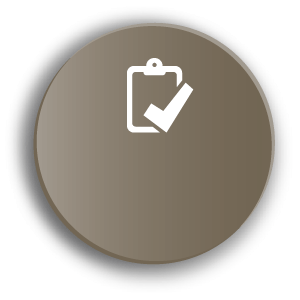In an emergency
Follow normal emergency protocols, e.g., in an earthquake, Drop, Cover and Hold.
What to do in the first 24 hours
- Make yourself safe and ensure your family’s safety. If at work, check staff are safe.
- Plan to operate without outside assistance for at least the first 24 hours.
- Contact the Emergency Operations Centre phone number if you need critical assistance at this point. Note that it may initially be difficult to get through to the EOC. If it is an emergency, dial 111.
- If you are a general practice with an emergency radio, you may want to use this to contact your PHO or the Primary Emergency Operations Centre.
- Ensure refrigerator doors are shut.
- Turn off the computers (if appropriate).
- Shut off water and power (if appropriate).
- Find your essential contact list. Contact staff and inform them of what’s going on.
- Connect your emergency generator (if available and required).
- Divert your phone to after hours’ service (if possible and appropriate).
- If the practice or pharmacy must close, lock the doors.
- Take your emergency kit to an appropriate location if needed off-site.
- Contact practices and pharmacies in your Local Emergency Group (LEG) (view LEGs by sector or LEGs in an alphabetical list) – do they need help, or can they help you?
- If you have an emergency radio, turn it on and take it with you if you leave.
Some general practice sites have been fitted with emergency radios. If your practice does not have a radio, you may contact a nearby practice that does, if you need to communicate with your PHO or with the Primary Emergency Operations Centre. Radios are useful if cellular or landline phone services are not operational.
What to do next (24-48 hours)
- Call the EOC phone to access critical support (for example, water, generators, structural assessments, clean up, portable/chemical toilets, IT assistance, alternative site to work from, etc.).
- If you haven’t already, check in with the practices and pharmacies in your Local Emergency Group (LEG).
- Create a staff roster and communicate it to staff.
- Assess current supplies and equipment needs.
- If your building is a potential safety risk, arrange for a structural engineering assessment. Contact the EOC.
- Decide what services you are able to provide and what opening hours you can operate. Communicate these to the EOC Sector Coordinators via the EOC phone – they will also be ringing you every day to check in and see how things are going.
- Check the Canterbury Primary Response Group (CPRG) website, HealthPathways, your fax machine, and your personal and work emails, if possible, for up-to-date information. This will be made available to all contacts as soon as possible.
- If the power is back on, reset the cold store thermometer.
- If your practice or pharmacy is shut, put a temporary closure notice in the window or door. Detail the dates of closure and advise patients where to access health care, repeat prescriptions, etc. Implement methadone protocols, if necessary.
- If you have staff who can work elsewhere, notify the EOC by phone or email. Support staff required will be posted on the CPRG website.
If you need to relocate your business:
- If you need help, contact the EOC.
- Consider any nearby practices or professional rooms that may have space to share.
- Salvage supplies and equipment if this can be done safely.
- Secure confidential files as best as possible.
- Inform the EOC of your new address.
- Post your new address and contact details on the window/door of your old premises.
Some key messages for your patients can be found here.



